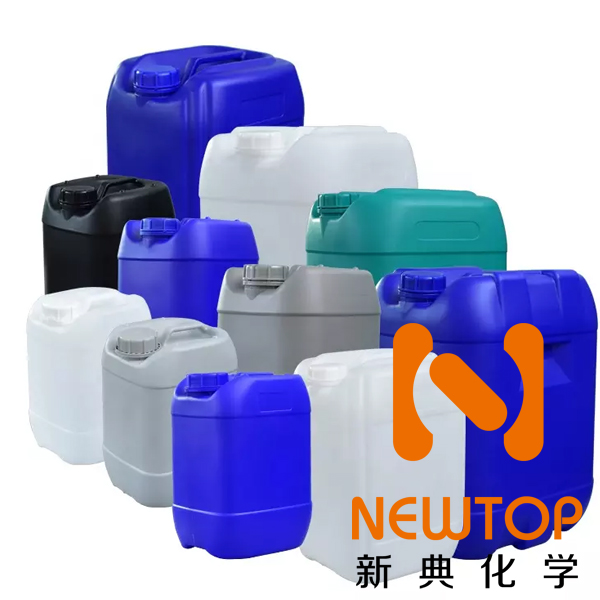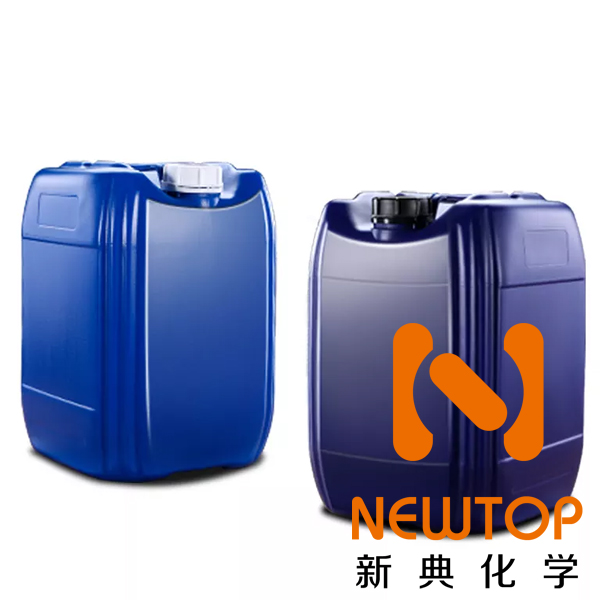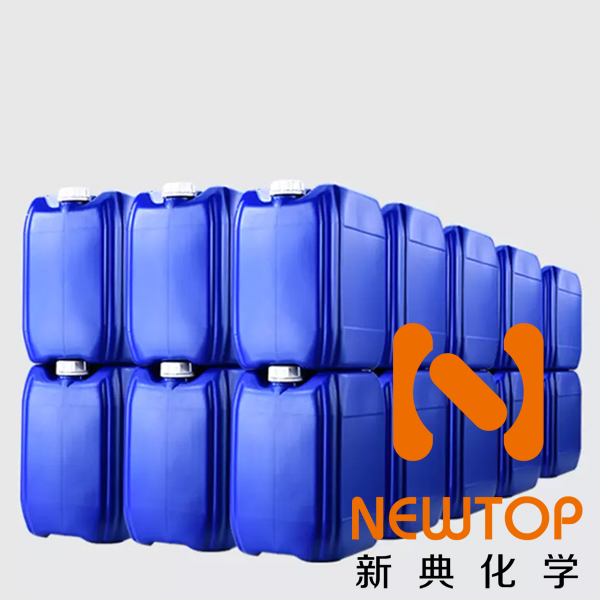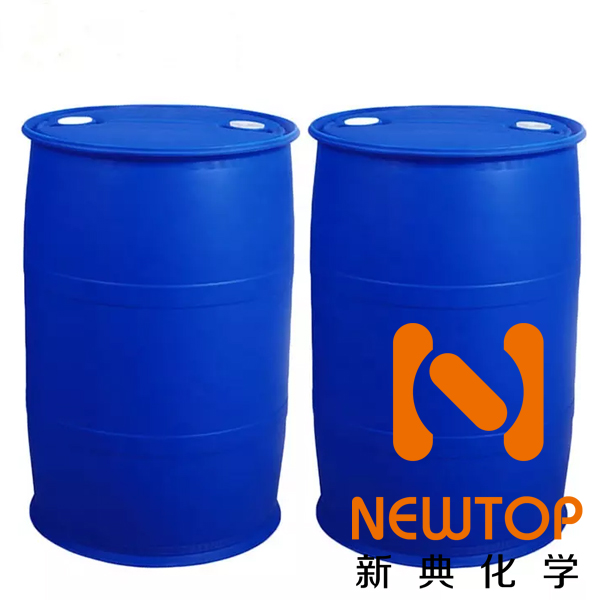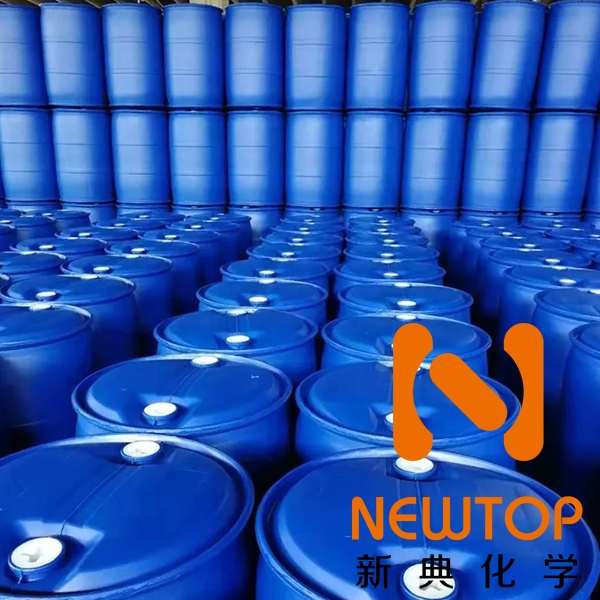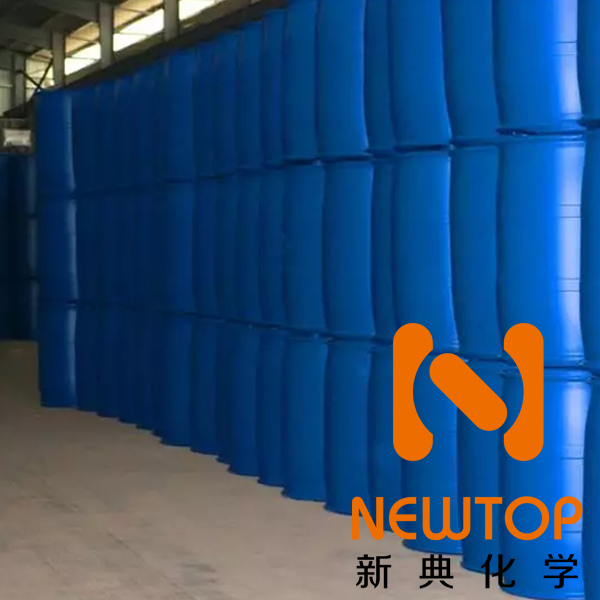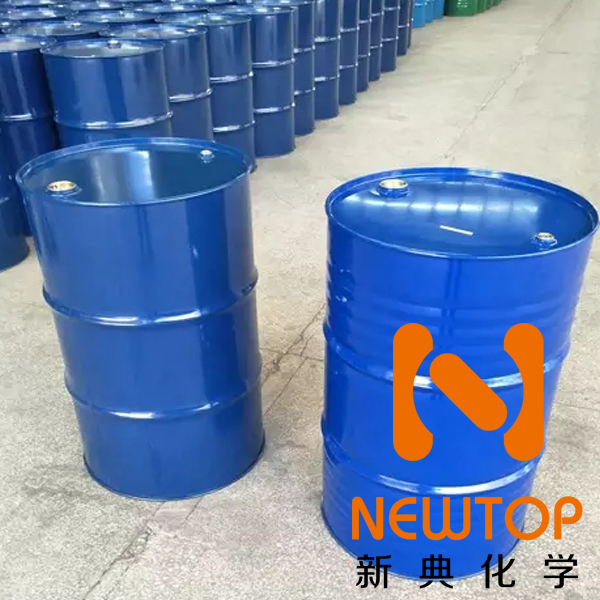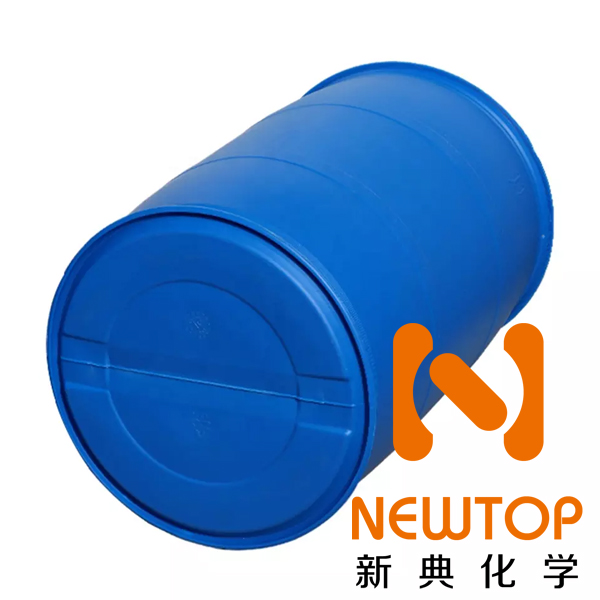Polycat DBU catalyst CAS6674-22-2 Evonik Germany
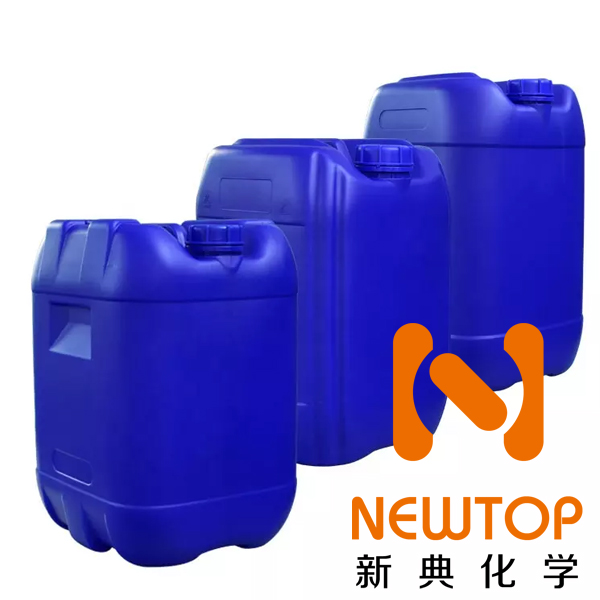
Overview
Polycat DBU is a tertiary amine-based foaming catalyst that facilitates urea (water-isocyanate) reactions in a variety of hard and soft polyurethane foam applications. It is the industry standard foaming catalyst for soft foams and is used in TDI-based soft foam systems such as mattresses, seats, and automobiles. It is also used in combination with trimer catalysts in PIR laminated paperboard formulations. Polycat DBU is also available for MDI, TDI/MDI, MDI High Resilience (HR) flexible molding foams as well as self-crusting and microcellular systems. It has a shelf life of 36 months.
CAS No.
The CAS number of the Polycat DBU is 6674-22-2.
Aliases
Polycat DBU is also known as diazadicycloundecene.
Molecular Formula
Polycat DBU has the formula C10H14N2.
Physical and chemical properties
The physical and chemical properties of Polycat DBU are shown in the following table:
|
Properties |
value |
|
Looks |
Clear colorless liquid |
|
Scent |
Slight ammonia smell |
|
Specific gravity |
1.040 |
|
Boiling point |
200 ℃ |
|
Flash point |
100 ℃ |
|
Water soluble |
Miscible |
|
Solubility in organic solvents |
miscibility |
Features
· Promotes urea (water-isocyanate) reaction
· Used in a variety of hard and soft polyurethane foam applications
· Industry standard foaming catalyst for soft foams
· For TDI-based soft foam systems, such as mattresses, seats, and automobiles
· Used in combination with trimer catalysts in PIR laminated board formulations
· Also available in MDI, TDI/MDI, MDI High Resilience (HR) soft molded foams as well as self-crusting and microcellular systems
· The shelf life is 36 months
Application
· Soft polyurethane foam
· On-site pouring polyurethane system
· PIR laminated cardboard
· TDI, TDI/MDI, MDI High Resilience (HR) Soft molded foam
· Self-crusting foam
· Microcellular foam
Pros
· Promotes urea (water-isocyanate) reaction
· Used in a variety of hard and soft polyurethane foam applications
· Industry standard foaming catalyst for soft foams
· Can be used in combination with trimer catalysts
· Shelf life is 36 months
shortcoming
· Corrosive to certain metals
· Can have a strong odor
· Combustible

Similarities and differences with similar products
Polycat DBU is similar to other tertiary amine-based foaming catalysts in that it promotes the urea (water-isocyanate) reaction. However, Polycat DBU has a number of advantages over other products, including its use in a variety of applications, industry standard status for soft foams, and ability to be combined with trimer catalysts.
Precautions for Use
· Wear gloves and safety goggles when handling Polycat DBU.
· Avoid contact with skin and eyes.
· Keep away from heat sources and open flames.
· Store in a cool, dry place.
· Dispose of it properly according to local regulations.
Shelf life:
Remain unopened for two years
Storage and Transportation:
Should be sealed, stored in a dry cool ventilated warehouse
Packaging:
200KG/ barrel storage: It is recommended to store in a dry and cool area with proper ventilation. After the original packaging, please fasten the packaging cover as soon as possible to prevent moisture and other substances from mixing and affecting the product performance. Do not inhale dust and avoid contact between skin and mucous membrane. Smoking, eating and drinking are prohibited in the workplace. Shower and change after work. Store contaminated clothes separately and use them after washing. Practice good hygiene.
Technical support and business contacts E-mail:sales@newtopchem.com
